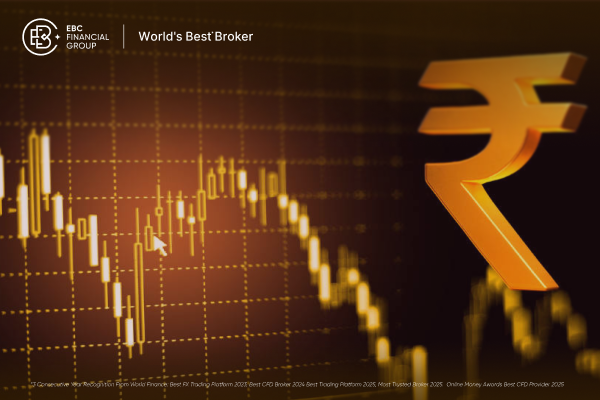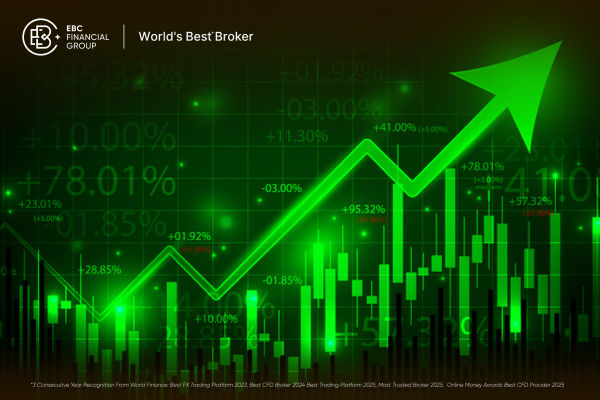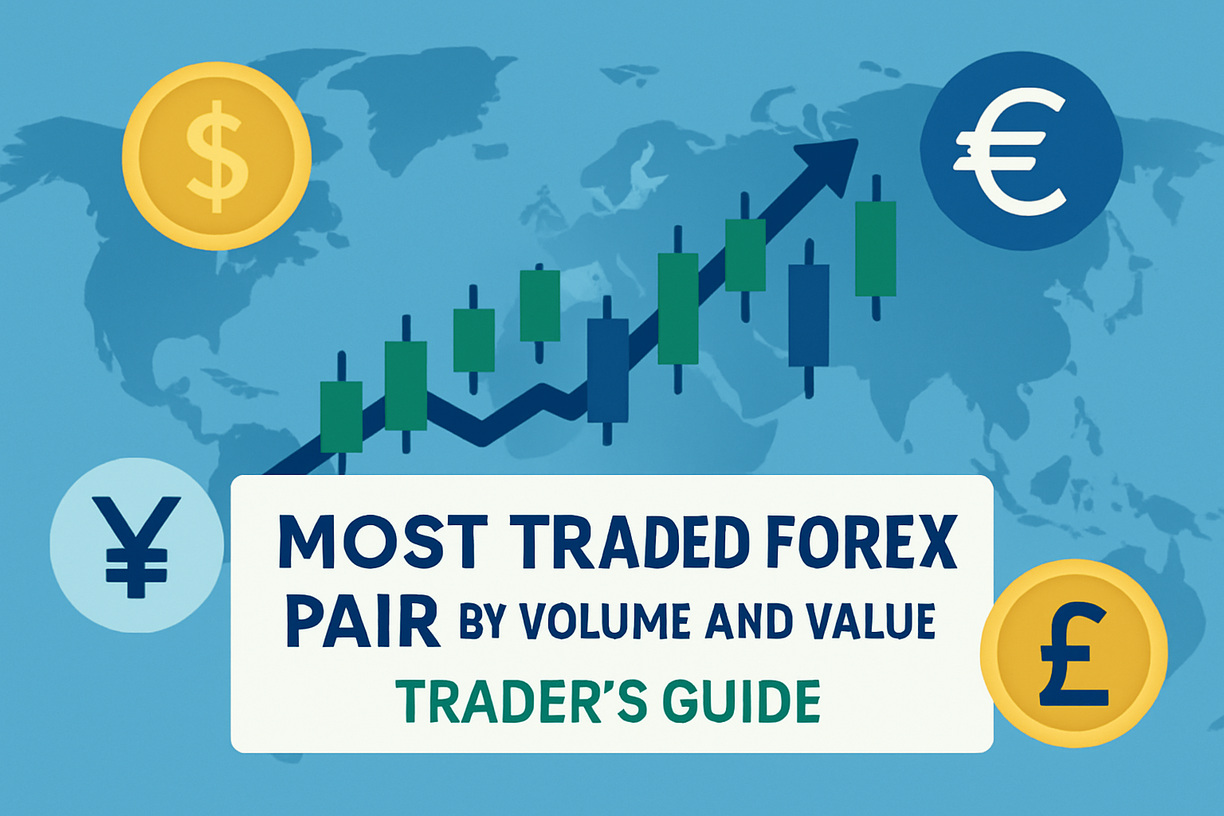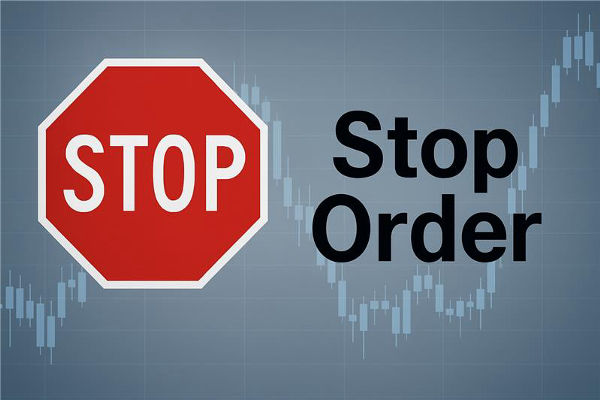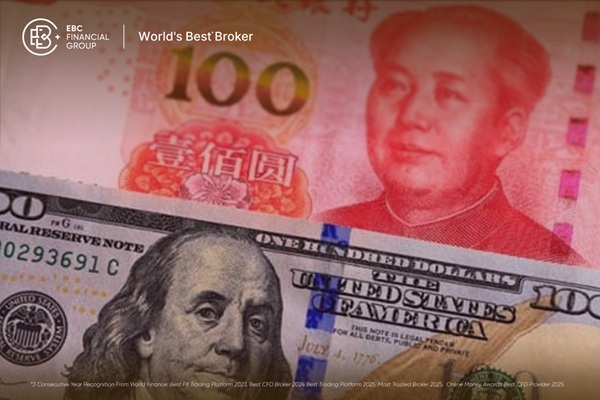Gold has taken centre stage in global markets, smashing record after record in 2025. With prices recently soaring above $3,400 per ounce and volatility at multi-year highs, many investors are asking: "Should I buy gold now?"
This article explores gold's all-time high, the forces driving current moves, and what analysts forecast for the months ahead.
Gold at All-Time Highs: What's Behind the Surge?
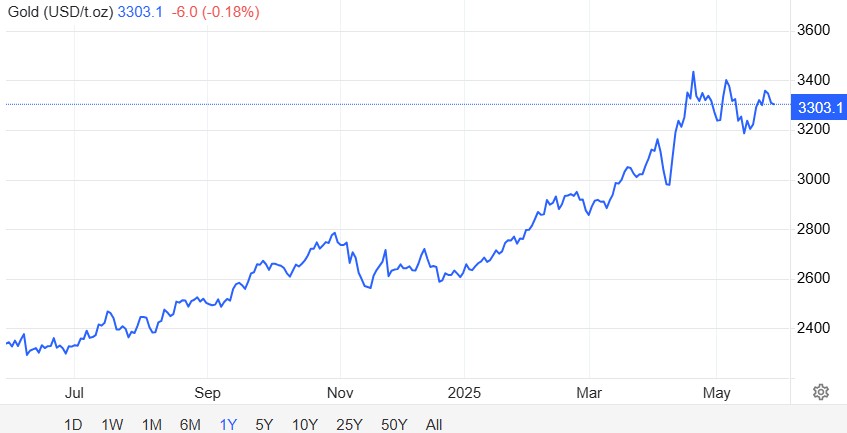
Gold's rally in 2025 has been nothing short of historic. In early May, gold reached an all-time high of around $3,433 per ounce, up nearly 27% year-to-date and outpacing both equities and other safe-haven assets. This surge has been fuelled by a unique combination of factors:
-
Central Bank Buying: Central banks have continued to accumulate gold at a record pace, with Q1 2025 purchases reaching 244 tonnes—well above historical averages. This sustained demand is seen as a structural shift, with central banks diversifying reserves away from US assets and guarding against currency volatility.
-
Geopolitical Tensions: Ongoing conflicts in Ukraine, the Middle East, and heightened trade disputes between the US, China, and Europe have all contributed to gold's safe-haven appeal.
-
Economic Uncertainty: Recession fears, sticky inflation, and concerns over stagflation have kept investors on edge, driving flows into gold as a hedge against both market turmoil and currency devaluation.
Interest Rate Expectations: Anticipation of interest rate cuts by major central banks, particularly the ECB and potentially the US Federal Reserve later this year, has made non-yielding assets like gold more attractive.
What's Happening in the Gold Market Now?
After peaking in early May, gold experienced a brief pullback, dropping to around $3,200 as global stock markets rallied and the US and China agreed to a temporary pause in their trade war. However, the metal quickly bounced back, with prices rebounding above $3,300 by late May. Volatility remains high, with daily swings of $50 or more not uncommon.
Several key trends are shaping the market right now:
-
Institutional and ETF Flows: Both institutional investors and gold-backed ETFs have seen increased inflows, suggesting broad-based support for higher prices.
-
Physical Demand: Delivery requests for physical gold have surged, especially in the US and Europe, reflecting heightened demand for tangible assets amid global uncertainty.
-
Central Bank Activity: Central banks remain net buyers, with official figures likely understating true demand due to underreporting and off-market purchases.
Macro Backdrop: Persistent inflation, slow economic growth, and policy uncertainty continue to underpin gold's appeal as a portfolio diversifier and inflation hedge.
Gold Price Forecast: What's Next?
Analysts remain broadly bullish on gold for the remainder of 2025 and into 2026, though most caution that further gains may come with continued volatility and sharp corrections along the way.
-
Goldman Sachs predicts gold could reach $3,700 per ounce by year-end, citing robust central bank demand and increased ETF inflows on recession fears. In a recession scenario, prices could spike as high as $3,880.
-
JP Morgan projects gold could hit $4,000 per ounce by Q2 2026 if economic uncertainty persists and interest rates fall.
-
UBS and ANZ Bank see gold averaging $3,500–$3,600 in 2025, driven by structural demand and ongoing inflation.
Citi expects gold to trade in a range of $3,100–$3,500 for the rest of 2025, with the potential for tactical opportunities in a volatile market.
The LBMA consensus forecast for 2025 is $2,736, with a wide trading range expected between $2,250 and $3,290, highlighting the potential for large swings.
Key Risks to Watch

While the outlook is positive, several risks could slow or reverse gold's rally:
Faster-than-expected economic recovery could shift money back into equities, reducing demand for gold.
A stronger US dollar or unexpected interest rate hikes could pressure gold prices lower.
Diminishing geopolitical tensions or a resolution to major conflicts could reduce safe-haven buying.
Conclusion
Gold's record run in 2025 has been driven by central bank buying, global uncertainty, and the prospect of lower interest rates. While the long-term outlook remains bullish, investors should be prepared for ongoing volatility and sharp corrections.
If you're considering buying gold, keep a close eye on macroeconomic trends, central bank policy, and geopolitical developments. As always, gold should be viewed as part of a diversified portfolio and not a guarantee of quick profits.
Disclaimer: This material is for general information purposes only and is not intended as (and should not be considered to be) financial, investment or other advice on which reliance should be placed. No opinion given in the material constitutes a recommendation by EBC or the author that any particular investment, security, transaction or investment strategy is suitable for any specific person.












